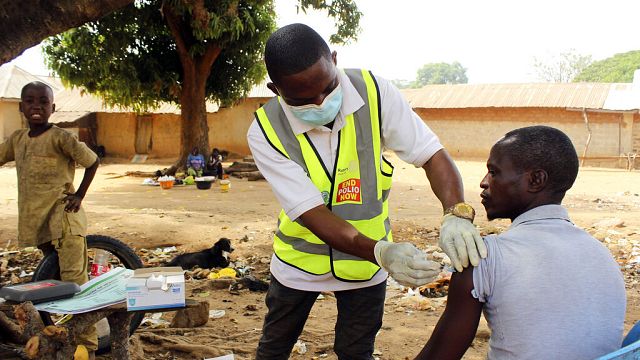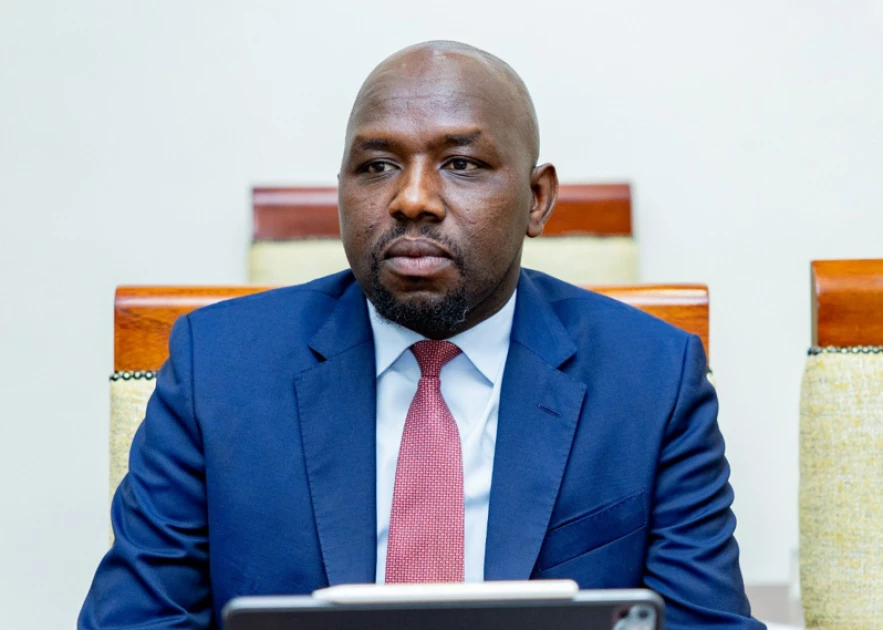On August 14, the World Health Organization similarly declared the event as a public health emergency of international concern (PHEIC).
Consequently, the Ministry of Health has laid down surveillance measures to ensure that the disease does not spread further.

“The Ministry of Health wishes to reassure Kenyans that there is no active case of Mpox disease in the country following the uneventful recovery of the index case that was identified on July 29, 2024,” Health CS Deborah Barasa said in a statement.
Barasa said Kenya reported only one case of Mpox from a person who travelled from Kampala in Uganda to Mombasa, then to Rwanda via Tanzania through Taita Taveta one-stop border point.
“This individual has since made a full recovery and is now well. We have screened 12 persons who came into contact with the index case and another six different suspected cases all of whom have tested negative for the disease,” she added.
Barasa said that there are no new confirmed cases of Mpox reported in the country since the first confirmed case.
Barasa said the two declarations by the continental and global health bodies are similar and highlight the public health threat posed by the outbreak.
She added that there is a need for an immediate and coordinated international response to control the disease.
“The Ministry of Health has heightened surveillance activities across the country to detect all suspected cases.
The Ministry continues to issue advisories to healthcare workers to sensitize them on Mpox, guide the identification of cases as well as infection prevention and control measures,” Barasa added.
The Ministry has advised the public to frequently wash hands with soap and water and avoid contact with individuals showing Mpox symptoms to prevent the spread.
Mpox symptoms include; skin rash, sore throat, fever, headache, muscle aches, back pain, and swollen lymph glands.





















